The bathroom mirror is more than just a functional item. It’s a critical element of the overall design and usability of the space.
But where should it start?
The height at which a bathroom mirror is placed can greatly influence the comfort and efficiency of daily grooming tasks. There is no one-size-fits-all answer, as it depends on various factors such as user height, bathroom size, and design aesthetics.
This guide will delve into the optimal height for starting a bathroom mirror. We’ll also explore the benefits of LED and bathroom mirrors with LED lights, which offer superior lighting and energy efficiency.
Whether you’re a homeowner, interior designer, bathroom renovator, or DIY enthusiast, this guide will provide valuable insights to help you make an informed decision.
Let’s start by understanding why mirror height matters in bathroom design.
Understanding the Importance of Mirror Height in Bathroom Design
Mirror height in bathroom design is crucial for both functionality and aesthetics. Proper placement ensures comfortable daily use for tasks like grooming and makeup application.
An incorrectly positioned mirror can lead to awkward viewing angles. This can cause discomfort and strain over time. Ensuring the mirror height suits the user’s eye level enhances the bathroom experience.
Moreover, aligning the mirror height with other elements, such as the vanity or lighting fixtures, contributes to a cohesive design. This can also affect how spacious and welcoming your bathroom feels. Selecting the correct height is critical for both usability and style.
The Standard Height for Bathroom Mirrors
Determining the standard height for bathroom mirrors involves several key considerations. The height should primarily accommodate the average user, allowing for a comfortable and practical viewing experience.
A typical guideline is to position the mirror so its center is approximately at eye level. This means about 62 inches from the floor.
Standard Height Recommendations:
-
Above the Sink:Start 5 to 10 inches above.
-
Eye Level Centering:Approximately 62 inches from the floor.
-
Adjustability for Children:Consider positioning lower for accessibility.
These recommendations ensure both practicality and aesthetics are maintained in your bathroom design.
Factors Influencing Bathroom Mirror Height
Choosing the right height for a bathroom mirror requires considering several factors. Each factor can significantly impact the space’s functionality and visual harmony.
The users’ specific needs and bathroom design elements must align for an optimal mirror installation. Considering these influences ensures that your mirror serves both practical and stylistic purposes.
Let’s explore the critical aspects of determining your bathroom’s ideal mirror height.
User Height and Ergonomics
User height is a crucial consideration when determining mirror height. The mirror should be positioned to accommodate the tallest and shortest users comfortably.
Centering the mirror around the average eye level enhances usability for everyone in the household. An adjustable or tilting mirror might benefit homes with a wide range of user heights.
Vanity and Sink Dimensions
The dimensions of the vanity and sink play a pivotal role in where your mirror starts. For a balanced look, the mirror should be proportionate to these fixtures.
A mirror that aligns well with the sink edge also helps achieve a harmonious design. Overly large or small mirrors can disrupt the visual flow and functionality of the space.
Bathroom Layout and Aesthetics
The overall layout and decor of the bathroom significantly influence mirror placement. Features such as backsplashes, tiles, and wall-mounted faucets can dictate starting points.
A mirror that complements the bathroom's aesthetics ensures a cohesive look. Considering these elements helps integrate the mirror seamlessly into the design while enhancing the room's style.
Advantages of LED Bathroom Mirrors
LED bathroom mirrors have become increasingly popular for their numerous benefits. Beyond their sleek design, they offer practical advantages that elevate any bathroom setting.
A primary benefit of LED mirrors is their ability to provide superior lighting. This feature greatly enhances daily grooming activities and creates an inviting atmosphere. Additionally, their energy efficiency not only helps the environment but can also reduce electricity costs over time.
Better Lighting and Energy Efficiency
LED mirrors provide consistent and focused lighting, essential for makeup application and shaving tasks. Unlike traditional lights, LEDs emit illumination that is clearer and evenly distributed.
Moreover, LED bulbs consume significantly less energy compared to incandescent options. This energy efficiency extends LED lights' lifespan while lowering utility bills, making them a smart choice for eco-conscious homeowners.
Additional Features of LED Mirrors
Beyond superior lighting, LED mirrors often come with innovative features. Many models include anti-fog systems that ensure clear reflection even in steamy bathrooms.
Additionally, some LED mirrors offer dimming capabilities, allowing you to adjust lighting intensity based on your mood or activity. Such features enhance the mirror's functionality and tailor the bathroom experience to personal preferences.
How to Choose the Right LED Bathroom Mirror

Selecting the perfect LED bathroom mirror involves various considerations to ensure it complements your space. Balancing aesthetics and functionality is key to making the right choice.
First, assess the dimensions and style of your bathroom to determine a suitable mirror. Considering size and lighting features will ensure the mirror enhances your bathroom's design. For optimal selection, keep both aesthetic appeal and practical use in mind.
Size and Proportionality
Choosing the right size for your LED bathroom mirror is crucial for achieving visual balance. A mirror that is too large can overpower the space, while one that is too small may look out of place.
Consider the size of your vanity and the bathroom's overall design. The mirror should complement these elements without overwhelming them, creating a harmonious and functional look.
Color Temperature and CRI
When selecting an LED mirror, consider color temperature and the Color Rendering Index (CRI). These factors impact the quality of light emitted and how accurately colors appear.
For a neutral tone, opt for a mirror with a color temperature in the natural daylight range, around 4000K to 5000K. High CRI mirrors ensure that colors are reflected correctly, essential for grooming tasks and creating a pleasing ambiance.
Installation Tips for LED Bathroom Mirrors
Proper installation of LED bathroom mirrors ensures functionality and safety. For the best results, plan this process carefully.
Before starting, check that all tools and necessary equipment are ready. Professional installation may be wise, especially if electrical work is required.
Electrical Considerations
LED mirrors often need a nearby power source for consistent operation. Ensure your bathroom's wiring can support additional fixtures.
Consider hiring a licensed electrician to manage electrical connections. This will ensure compliance with safety standards and avoid potential hazards.
Mounting and Adjustability
Proper mounting guarantees your mirror stays secure and level. Use strong brackets to support the mirror's weight, especially with added LED components.
Check for adjustable features like tilting mechanisms that improve usability. These options can accommodate users of varying heights, adding flexibility to your bathroom setup.
Final Thoughts on Mirror Height and LED Integration
Selecting the right height for your bathroom mirror is crucial. It impacts both design aesthetics and everyday functionality. Consider factors like user height and the bathroom's overall design to achieve optimal results.
Integrating LED technology significantly enhances the bathroom experience. LED mirrors provide improved lighting and energy efficiency. Additional features like anti-fog and dimmable lights offer convenience and added value.
Combining thoughtful design with modern technology creates a practical and stylish bathroom space. The right mirror height and LED features can transform your bathroom into a comfortable and efficient area. This approach ensures practicality and visual appeal, making your daily routine more enjoyable.


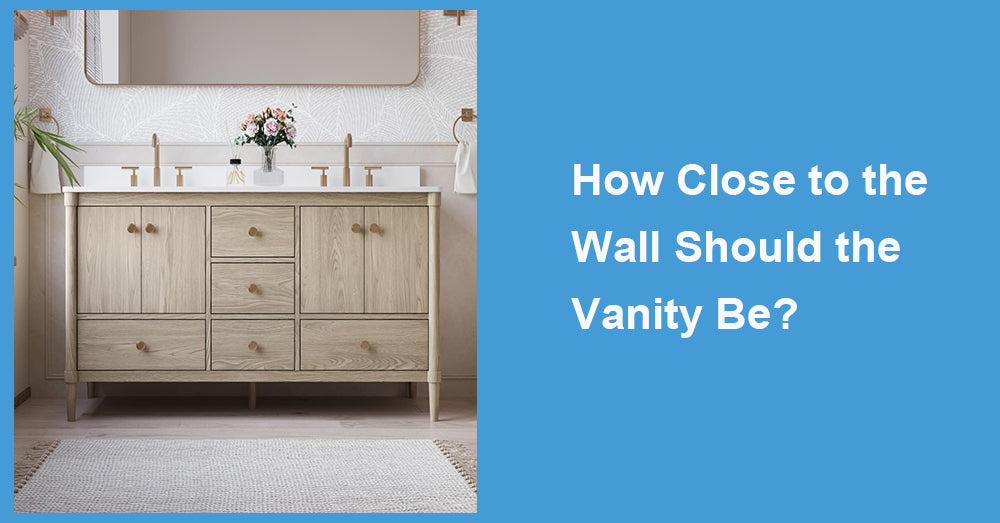

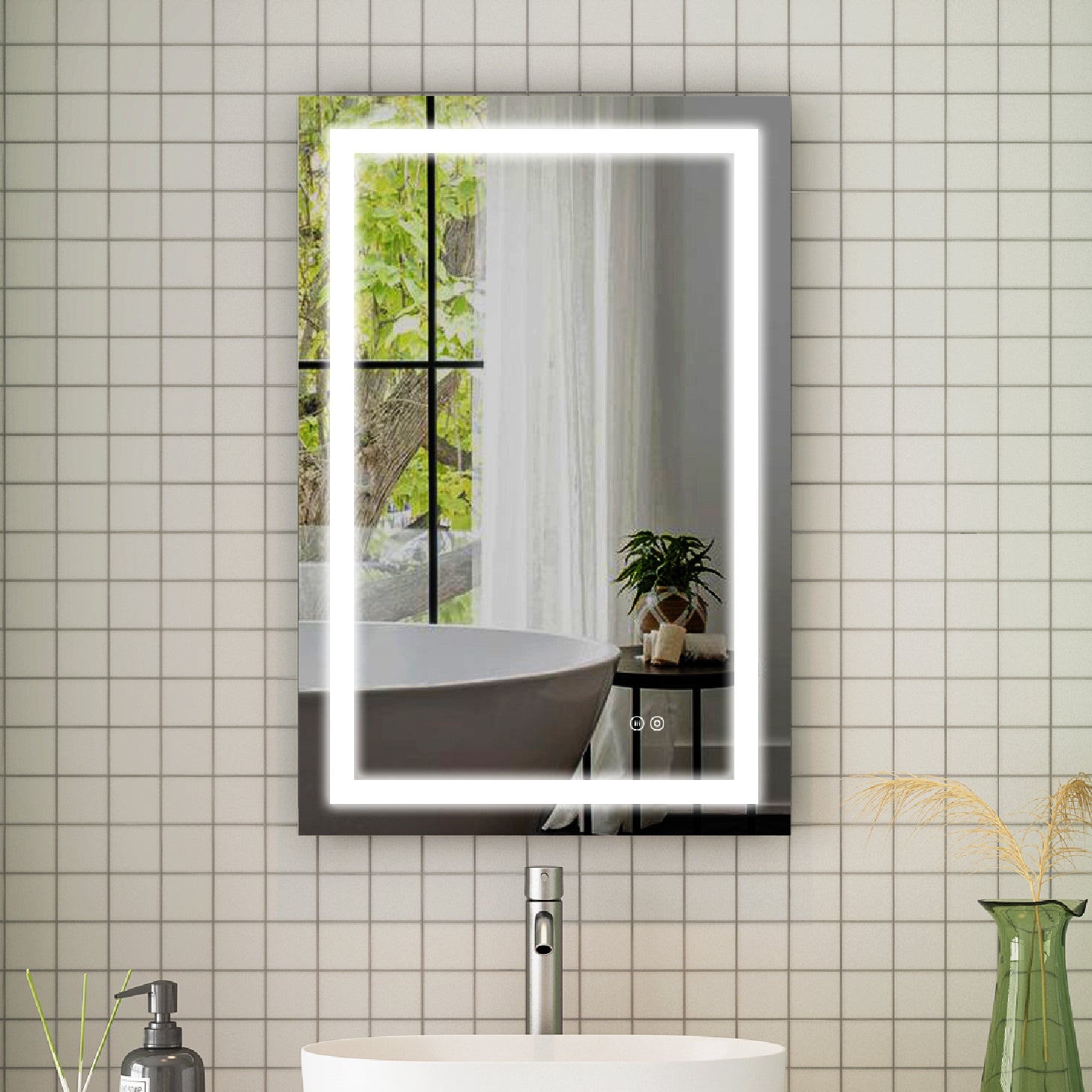
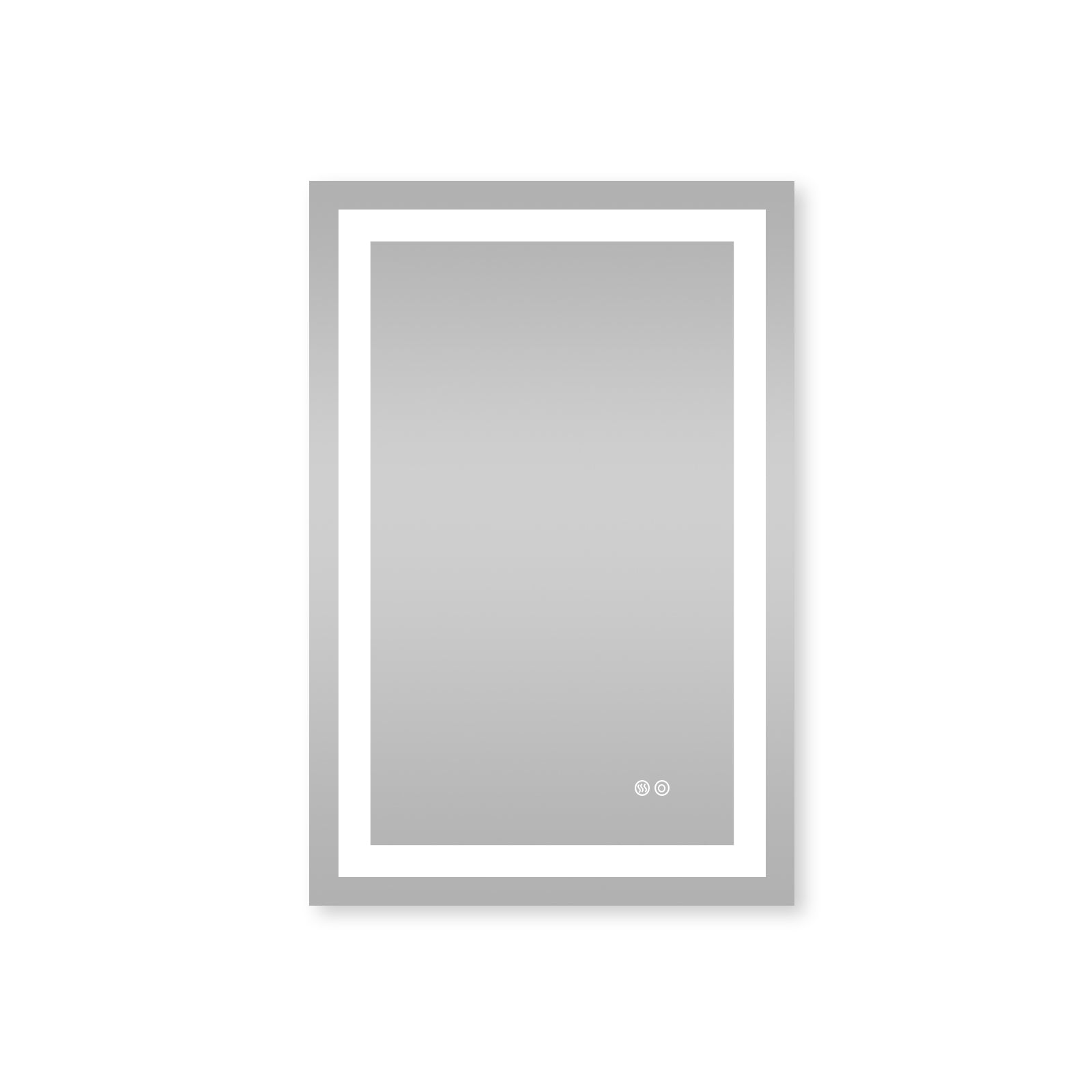
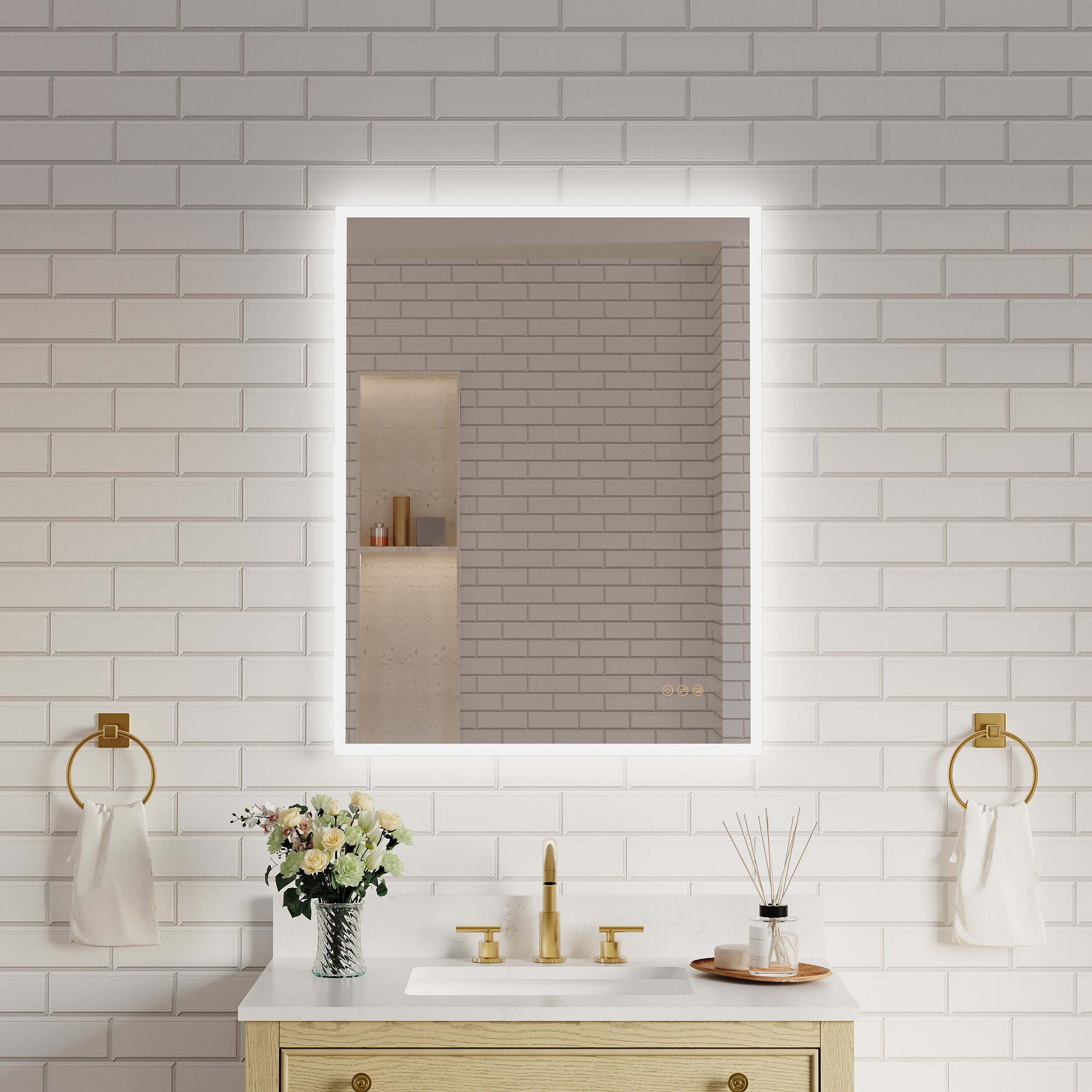


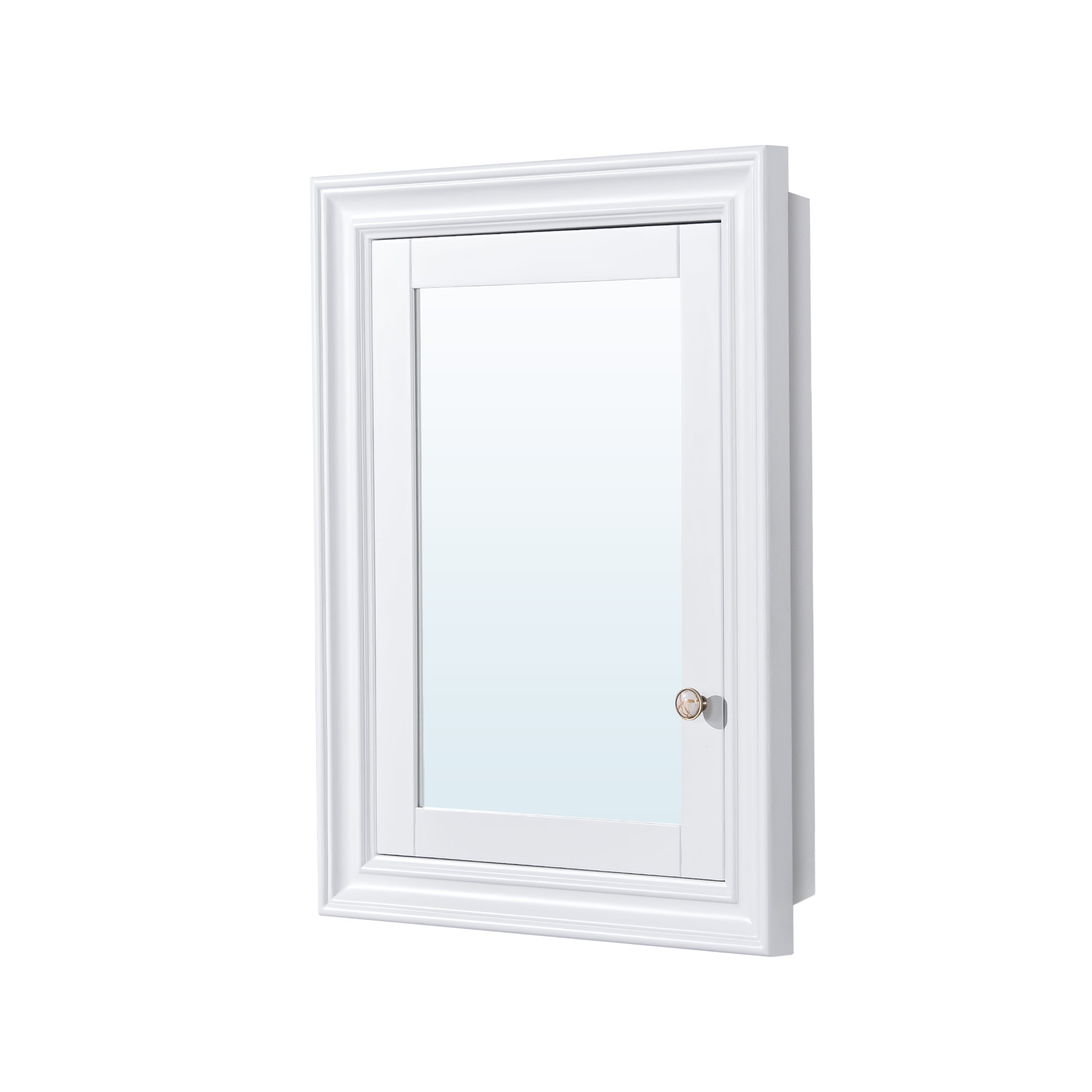
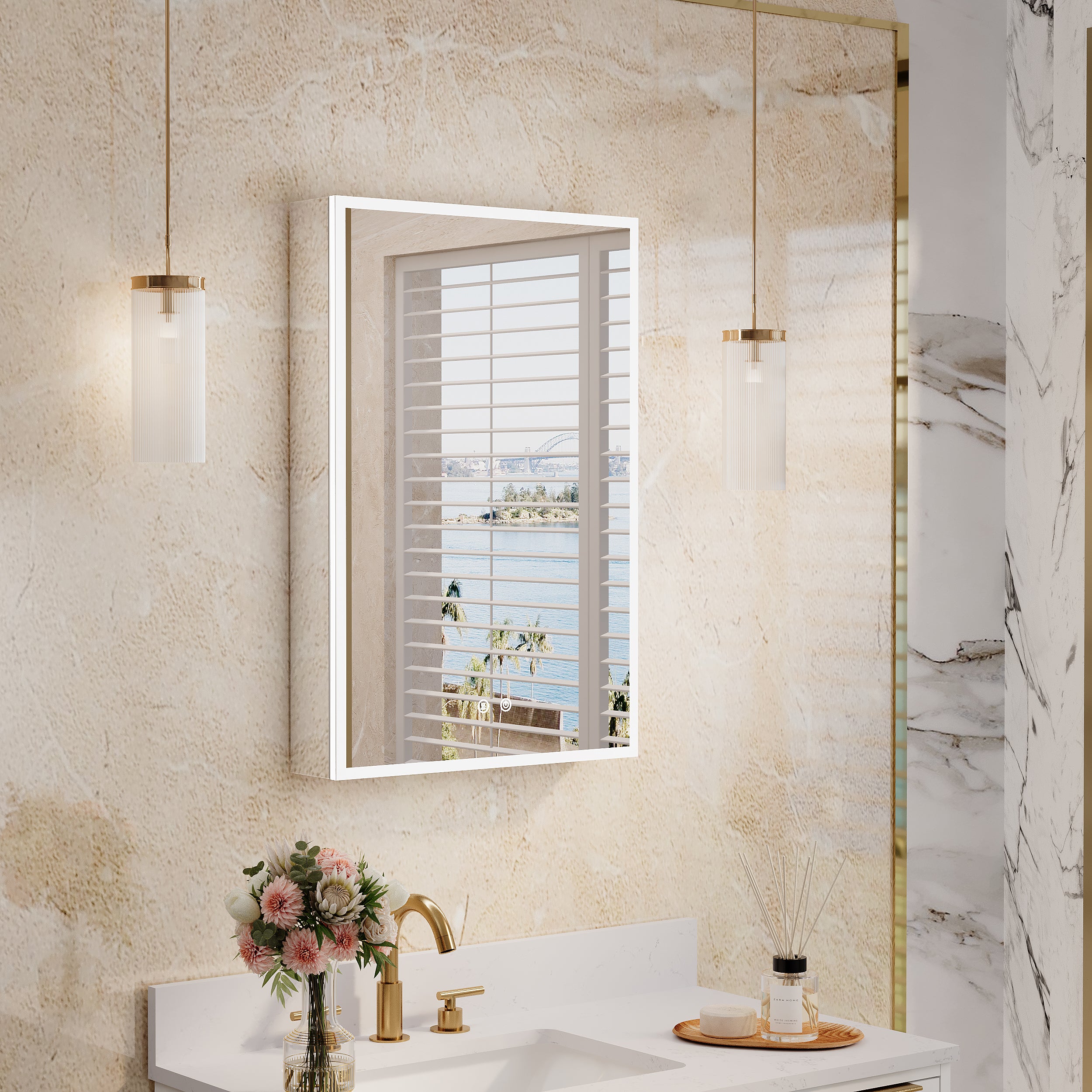
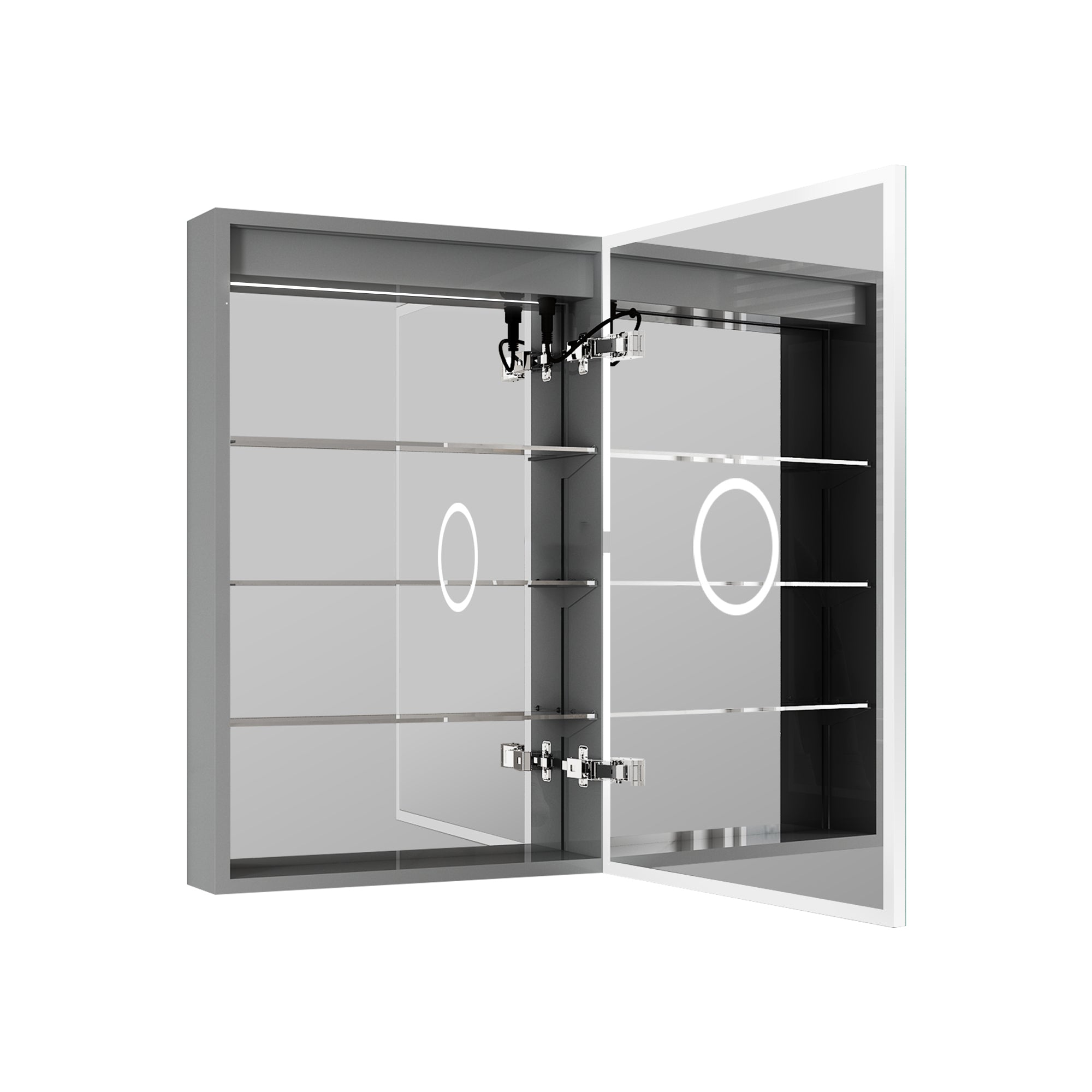
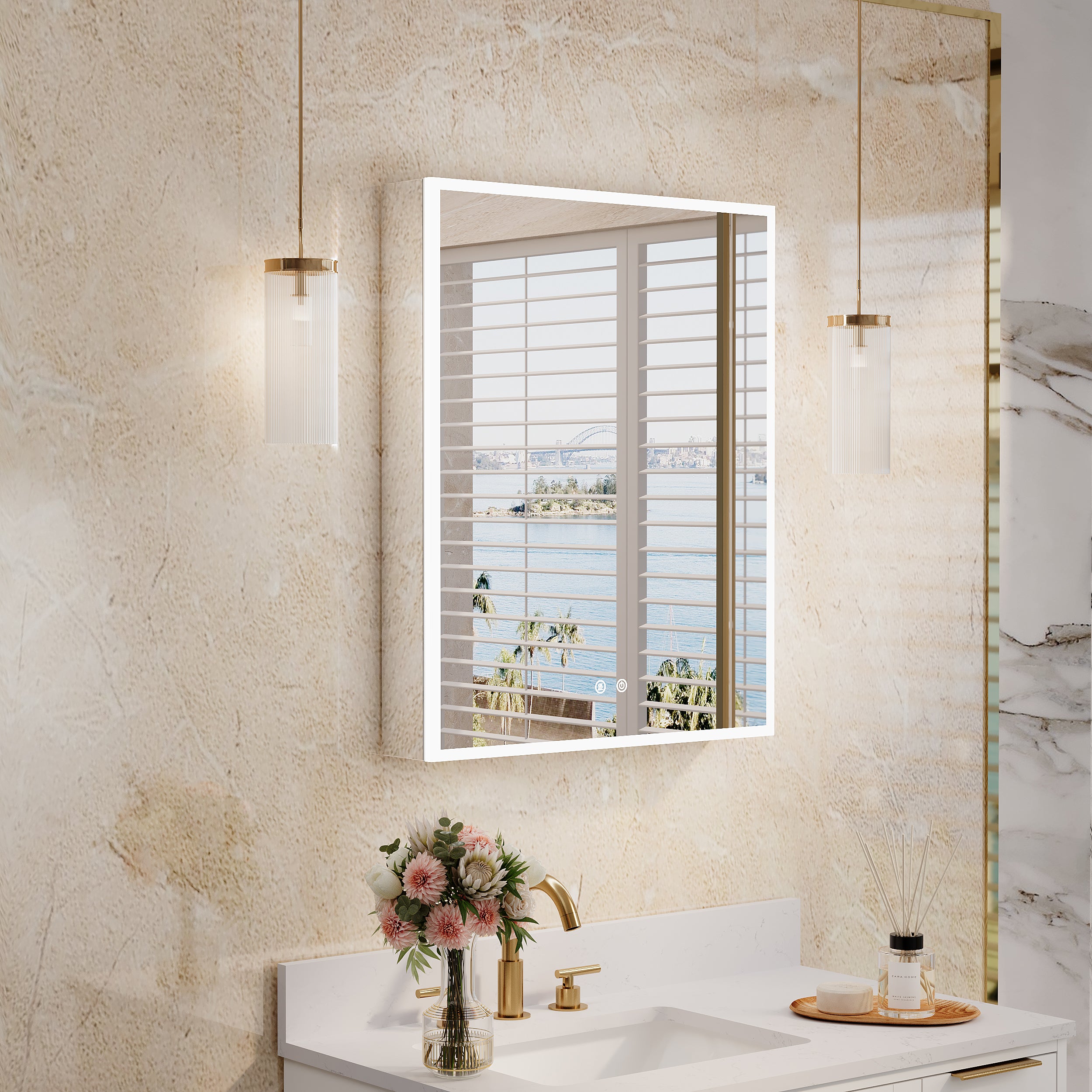
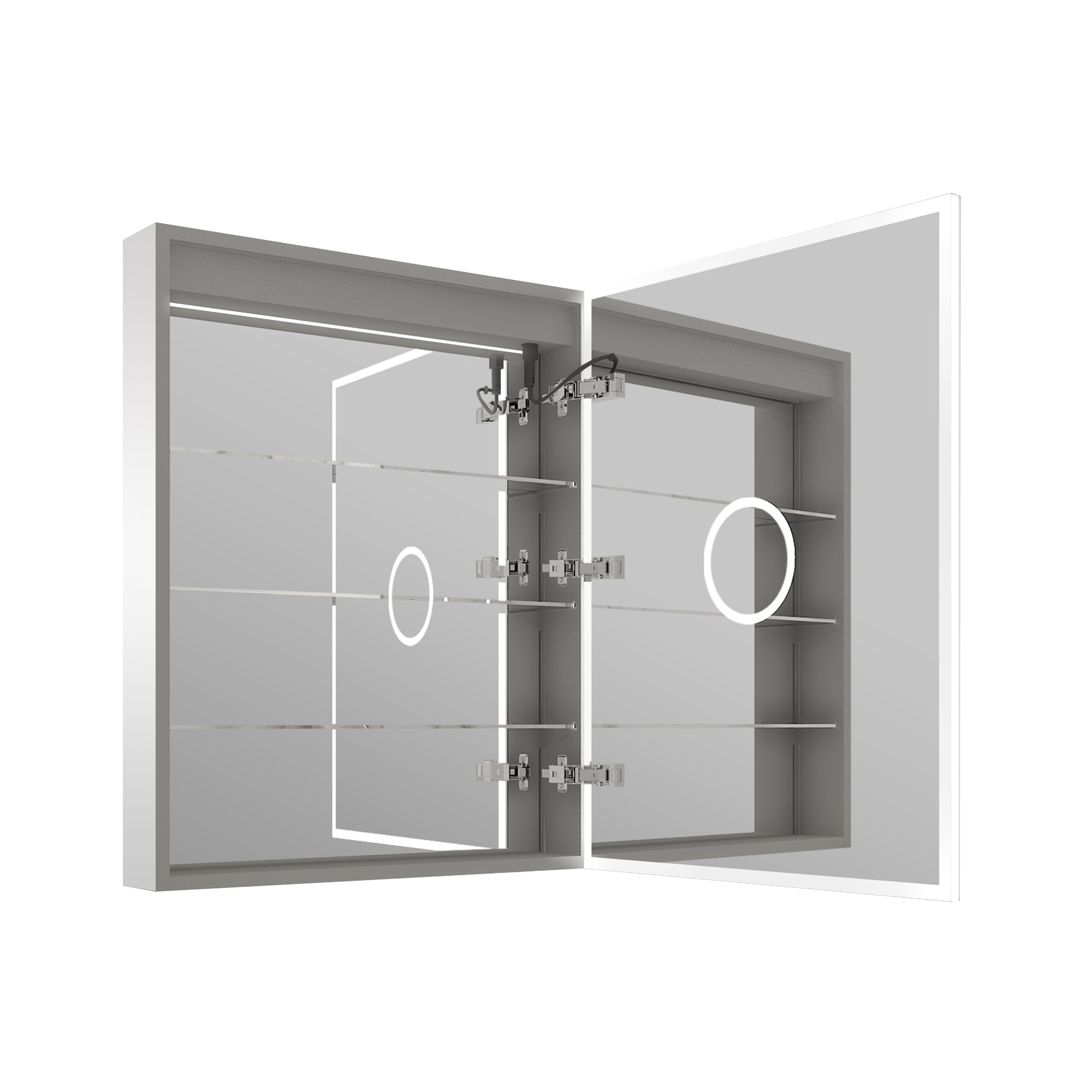


Leave a comment
This site is protected by hCaptcha and the hCaptcha Privacy Policy and Terms of Service apply.